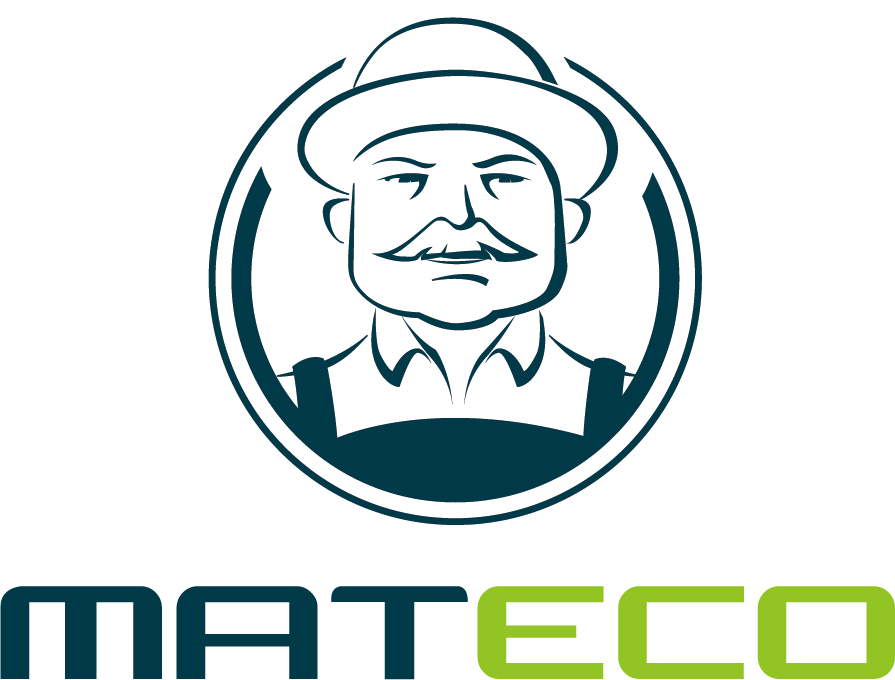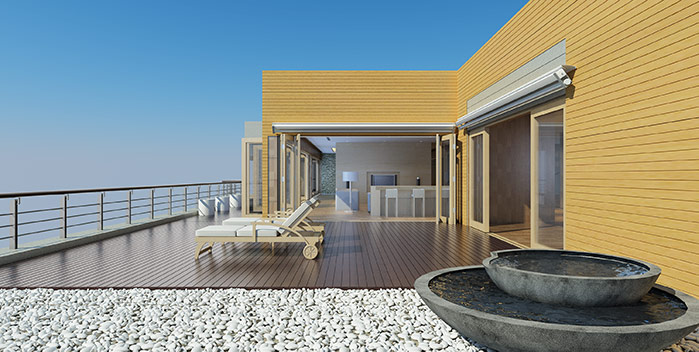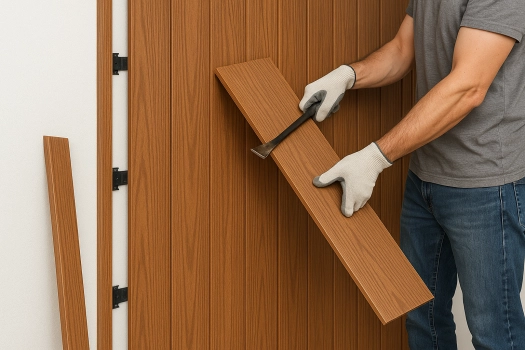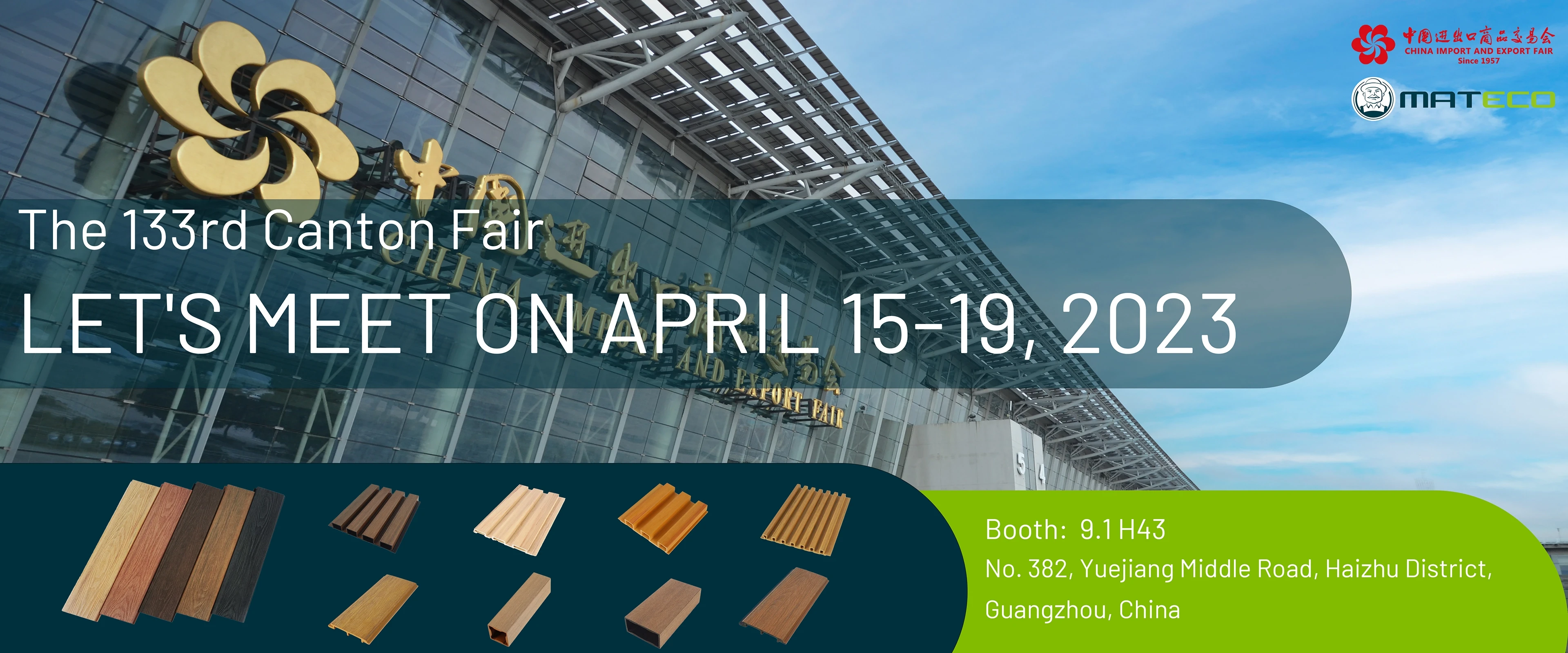Is WPC Termite Resistant?
Termites can quietly destroy wood, causing costly damage over time. If you've ever dealt with them, you know how frustrating and expensive it can be. That's where WPC comes in. But is WPC really termite-resistant? The answer lies in its materials and how it's made.
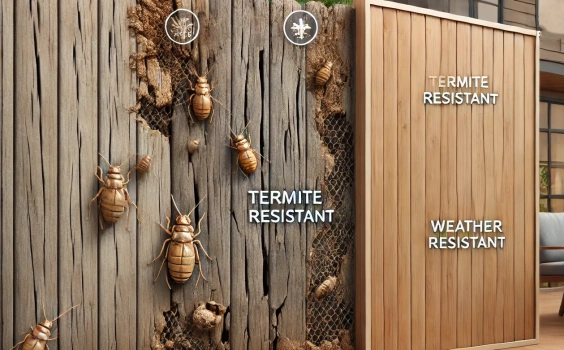
Table of Contents
Why Termites Love Traditional Wood but Hate WPC
Termites are notorious for feeding on cellulose, the main structural component of natural wood. They tunnel through it, creating colonies that can eventually compromise entire buildings. However, WPC panels disrupt this feast.
Unlike solid wood, WPC is a hybrid material, combining wood fibers with synthetic plastic polymers (like PVC and PE). This blend creates a hostile environment for termites. Why? Because plastic doesn't contain cellulose, meaning there's nothing for termites to digest. They may crawl on it, but they won’t burrow in or feed on it.
What Makes WPC Panels Termite Resistant?
1. Material Composition
Plastic Ratio Matters: The higher the plastic content, the more resistant the panel is. PVC-based WPC panels offer superior termite protection compared to PE-based ones.
Wood Fiber Percentage: Too much wood fiber can slightly increase vulnerability, so a well-balanced mix is ideal.
2. Manufacturing Technology
Co-Extrusion Protection: Some premium WPC panels (like those with UV Armor Technology) feature an outer protective layer, making it nearly impossible for termites to penetrate.
High-Density Compression: A denser structure leaves no room for termites to nest or burrow inside.
3. Moisture Resistance
Low Water Absorption: Termites thrive in damp environments. WPC panels, being water-resistant, eliminate this moisture-dependent habitat.
Sealed Surfaces: Unlike natural wood, which absorbs moisture, WPC remains stable, reducing the likelihood of termite infestations.
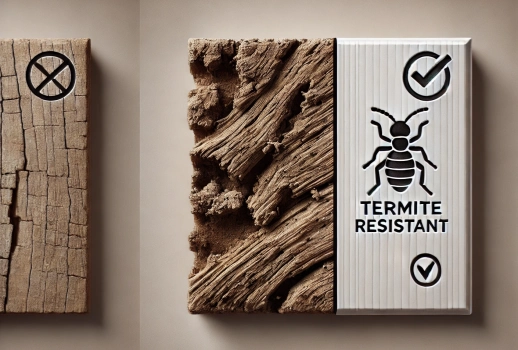
What Could Reduce WPC's Termite Resistance?
Although WPC is naturally termite-resistant, certain factors can increase its vulnerability:
Poor Installation: Gaps or exposed wood fibers at cut edges can become weak points.
Direct Ground Contact: If WPC panels sit directly on soil, termites might still try to access any exposed organic content.
Inferior Quality Panels: Some low-grade WPC panels may have a higher wood content or lack anti-termite treatments.
Cracks & Damage: If a panel gets damaged over time, it may allow termites to enter if the inner structure is not well-protected.
How to Maximize WPC's Termite Resistance
To ensure long-term protection, follow these best practices:
✔ Choose High-Quality WPC: Opt for co-extruded panels with high plastic content and protective additives.
✔ Install Properly: Use sealants on cut edges and avoid direct ground contact where possible.
✔ Regular Maintenance: Keep surfaces clean and inspect for cracks or damage.
Conclusion: Do Termites Eat WPC?
No, termites cannot eat or infest WPC panels the way they do natural wood. The combination of plastic polymers, anti-termite additives, and moisture resistance makes WPC a far superior choice for areas prone to termite problems. However, proper installation and maintenance still play a role in ensuring long-term protection.
So, if you're looking for a termite-resistant, low-maintenance alternative to wood, WPC is a solid investment!
If you are looking for a WPC manufacturer, MATECO will be your best choice.
WhatsApp: +86-13380085620
Email: info@matecowpc.com
